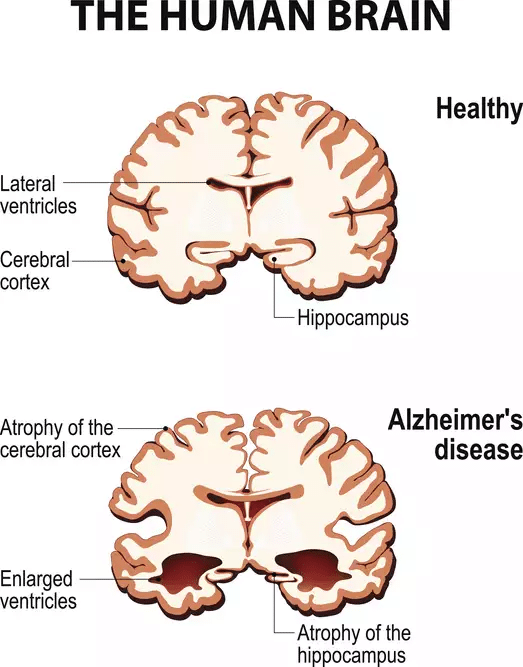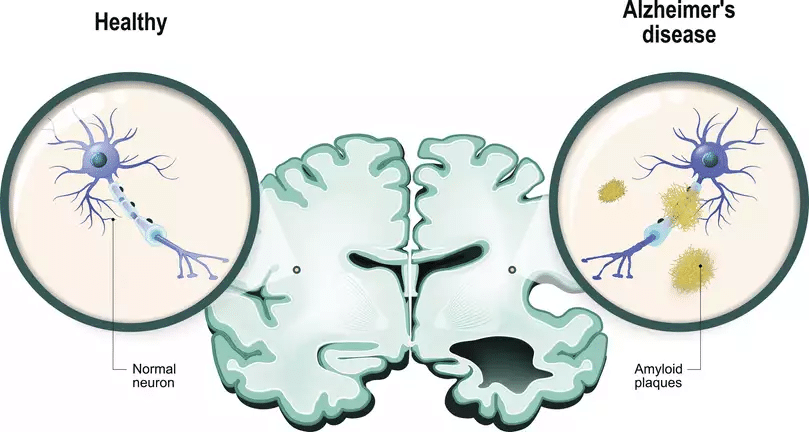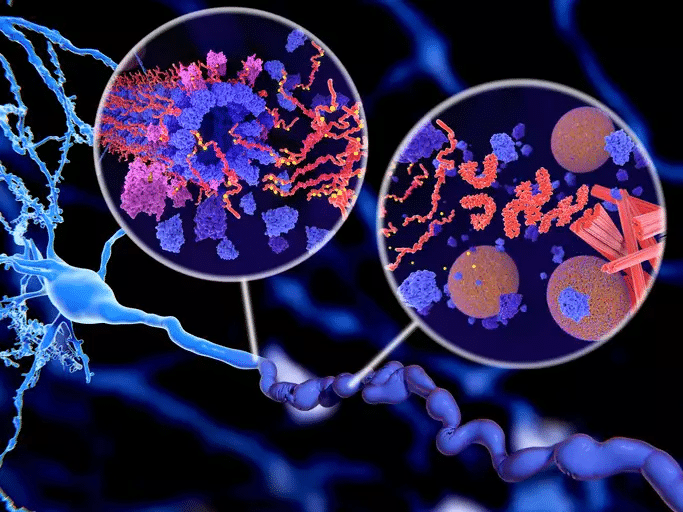Every four seconds someone is diagnosed with Alzheimer's disease. And yet finding a cure is something that still eludes researchers.
The German psychiatrist dr. Alois Alzheimer first described the symptoms of what we now know as Alzheimer's disease after his name in 1901 when he noticed that a patient in the hospital had some strange problems, including:
- difficulty sleeping
- disturbed memory
- drastic changes in behavior and
- too much confusion
Alzheimer's under the microscope
What he saw under the microscope were obvious differences in brain tissue in the form of misfolded proteins (plaques) and neurofibrillary tangles. These plaques and filaments work together to break down the structure of the brain.

Plaques result when another protein in the fatty membrane around nerve cells is cleaved by a specific enzyme, resulting in beta-amyloid proteins, which are sticky and tend to clump together.
This concentration creates what we call plaques. Plaques block the transmission of signals, and thus communication between cells. They also appear to cause immune reactions that cause the destruction of damaged nerve cells.
In Alzheimer's disease, the neurofibrillary tangles are made of a protein known as tau (T).
Brain cells contain a network of "tubes" that are like pathways for food molecules among other things. Normally, T-protein keeps these tubules straight, allowing molecules to pass through them freely.
But in Alzheimer's disease, the protein ends up in tangled plaques or filaments, dissolving the tubules and preventing nutrients from reaching the nerve cell, which then dies. The destructive combination of plaques and filaments begins in the area called the hippocampus, which is responsible for forming memories.

Therefore, the loss of bshort-term memory loss is usually the first symptom of Alzheimer's disease.
The proteins gradually invade other parts of the brain, causing unique changes that mark different stages of the disease:
- In the front part of the brain the proteins destroy it ability to process logical thoughts.
- Then, they turn to the area that controls emotions as a result unstable mood swings.
- In the upper part of the brain, they cause paranoia and hallucinations
- At the back of the brain the plates and filaments work together to to erase the deepest memories of the mind.
- Finally the control centers for heart rate and breathing are neutralized and these with the result that o death of the patient.

The highly destructive nature of Alzheimer's disease has prompted many researchers to search for a cure.
But so far they are focused on slowing its progression.
- A temporary treatment helps reduce the deficiency of acetylcholine, an important chemical messenger in the brain. It is at low levels in Alzheimer's patients due to the destruction of the nerve cells that create it.
- Another possible solution is a vaccine that "trains" the body's immune system to attack beta-amyloid plaques before they can build up.
But still no real cure has been found. Alzheimer's disease was discovered more than a century ago, but it is still not well understood. Perhaps one day we will understand its exact mechanisms and discover a solution.
Source: iatropedia.gr
